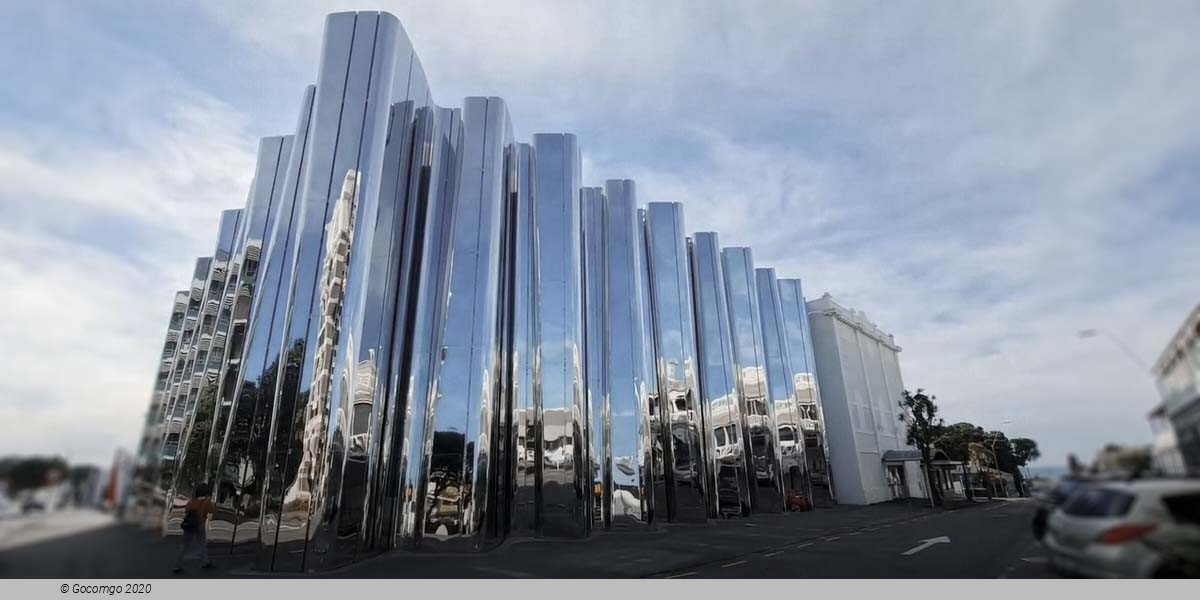New Plymouth

New Plymouth is the major city of the Taranaki Region on the west coast of the North Island of New Zealand. It is named after the English city of Plymouth, Devon from where the first English settlers to New Plymouth migrated.
The city itself is a service center for the region's principal economic activities including intensive pastoral activities (mainly dairy farming) as well as oil, natural gas, and petrochemical exploration and production. It is also the region's financial center as the home of the TSB Bank (formerly the Taranaki Savings Bank), the largest of the remaining non-government New Zealand-owned banks.
Notable features are the botanic gardens (i.e. Pukekura Park), the critically acclaimed Len Lye Centre and Art Gallery, the 13 km Coastal Walkway alongside the Tasman Sea, the Len Lye-designed 45-metre-tall (148 ft) artwork known as the Wind Wand, Paritutu Rock, and views of Mount Taranaki/Egmont.
As described under awards, New Plymouth won multiple awards in 2008. The city was in 2010 chosen as one of two walking & cycling "Model Communities" by the government. Based on New Plymouth's already positive attitude towards cyclists and pedestrians, the city received $3.71m to invest into infrastructure and community programs to boost walking and cycling.
History
The area where New Plymouth was founded had for centuries been the home for several Māori iwi (tribes). From about 1823 the Maori began having contact with European whalers as well as traders who arrived by schooner to buy flax.
In 1828 Richard "Dicky" Barrett (1807–47) set up a trading post at Ngamotu after arriving on the trading vessel Adventure. Barrett traded with the local Māori and helped negotiate the purchase of land from them on behalf of the New Zealand Company. Settlers were selected by the Plymouth Company, which was set up to attract emigrants from the West Country of England, and which took over land initially purchased by the New Zealand Company. The first of the town's settlers arrived on the William Bryan, which anchored off the coast on 31 March 1841. A series of disputes over ownership and settlement of land developed between Māori and settlers soon after and New Plymouth became a fortified garrison town in 1860–1861 as more than 3500 Imperial soldiers, as well as local volunteers and militia, fought Māori in the First Taranaki War.

